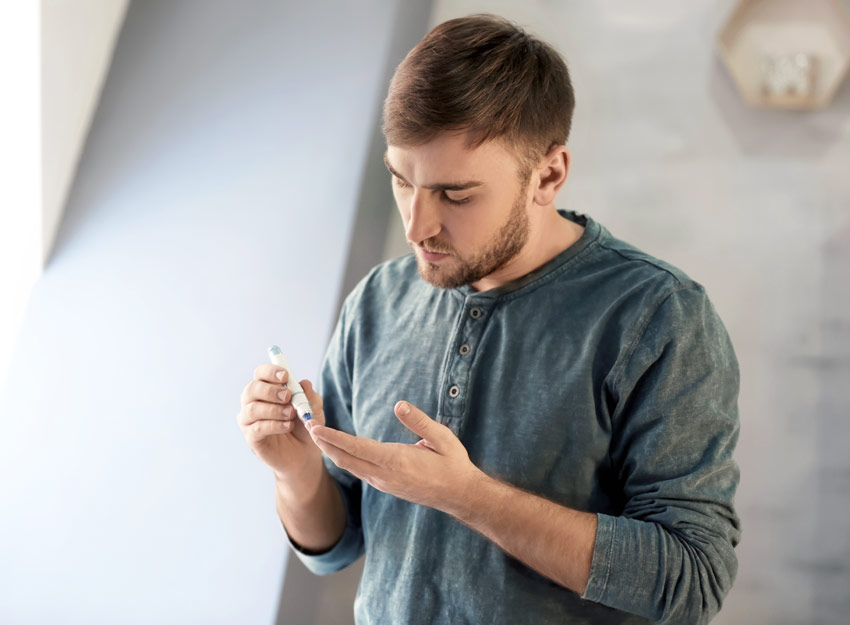Did you know that diabetic eye disease is the leading cause of blindness in American adults? November is Diabetic Eye Disease Awareness Month, so there’s no better time to learn about this common yet serious complication of diabetes. Keep reading to find out what causes diabetic eye disease, how it can be prevented, and what treatments are available if you develop the condition.
What is Diabetic Eye Disease?
Diabetic eye disease refers to a group of eye problems that can develop in people with diabetes. These problems include diabetic retinopathy, cataracts, and glaucoma. All these conditions can lead to vision loss or even blindness if they are not properly treated.
Diabetic Retinopathy
Diabetic retinopathy is the most common form of diabetic eye disease. It occurs when high blood sugar levels damage the blood vessels in your retina—the part of your eye that converts light into electrical signals that are sent to your brain (where they are converted into the images you see). When these blood vessels become damaged, they can leak fluid or even close off completely. As a result, you may start to experience vision problems such as blurriness, trouble seeing at night, and blind spots. Diabetic retinopathy is the leading cause of blindness in working-age American adults.
Cataracts
Cataracts are another common complication of diabetes. They occur when the proteins in your eye’s lens start to break down and clump together, causing the lens to become cloudy. People with diabetes are more likely to develop cataracts at a younger age than those without diabetes. Cataracts can usually be treated with surgery.
Glaucoma
Glaucoma is a condition that damages the optic nerve—the nerve that carries information from your eyes to your brain. It typically occurs when fluids build up in your eye, causing the pressure inside your eye to increase. This increased pressure can damage the optic nerve over time and lead to vision loss or even blindness if it is not treated. People with diabetes are three times more likely to develop glaucoma than those without diabetes.
Preventing Diabetic Eye Disease
Taking steps to control your blood sugar levels is the best way to prevent all forms of diabetic eye disease. This includes eating a healthy diet, exercising regularly, and taking medications as prescribed by your doctor. If you have diabetes, early detection and treatment of eye disease is essential for preventing vision loss or blindness.
Be sure to schedule regular comprehensive dilated eye exams so that your doctor can check for signs of diabetic eye disease and begin treatment as needed. With proper care, you can help protect your vision from this serious complication of diabetes!

